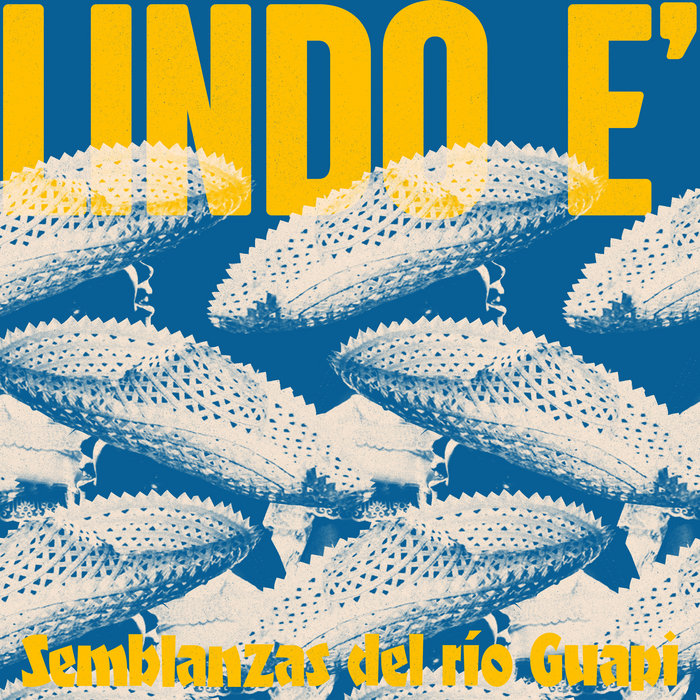
Va a Comenza' – Semblanzas del Río Guapi
this blog is GROOVY – check out great Soul, Funk, Jazz, Hip Hop, Bass, Breaks , Reggae, House n many more TUNES
Hey folks! Grab your favorite drink, kick back, and let’s dive into the colorful world of marimba music—a genre that’s got rhythm running through its veins. If you thought this was just a bunch of wooden bars being hit with mallets, think again! It’s way groovier than that!
The marimba is a percussion instrument with roots deep in Africa and Latin America. Think of it as the cool cousin to the xylophone but with a richer tone that dances in your ears like nobody’s watching. It typically consists of wooden bars arranged to create different pitches, played by striking them with mallets—usually made from rubber or yarn.
Ancient Roots
Marimbas trace their ancestry back to ancient Africa over 3,000 years ago. They were crafted from wood and gourds—it’s like an early version of DIY music-making! These early versions often took shape in various forms across cultures.
Spread Across Continents
As trade routes opened up, so did the exposure to new sounds. Enslaved Africans brought their musical traditions—and voilà, marimbas found their way into Central America during colonization periods.
Latin American Vibes
By the late 19th century, Mexico really cranked up the volume on marimba playing! The instrument became deeply integrated into folk music traditions from Chiapas to Guatemala—the sound was infectious and filled dance floors everywhere!
Modern Marvels
Fast forward a bit: In the 20th century, composers began experimenting more seriously with this rhythmic beauty in jazz and classical realms—think innovative artists throwing shades at tradition while creating something fresh!
Now hold on tight because we’re entering some spicy territories here:
Alrighty then! Here comes some groovy trivia that’ll make you smile when thinking about those who carry this melodious torch:
Busted Mallets: Ever heard of “mallet envy”? Some drummers claim they can spot each other’s mallet preferences—but our beloved marimbists? They sometimes show off handmade mallets created outta everything including pool noodles (seriously)!
The Great Mallet Debate: There are rivalries among players on whether soft or hard mallets produce better sounds (it gets heated!). Takes “teamwork” in bands quite literally when choosing who has what type handy!
Marimba vs Cats: One musician famously claimed his cat ‘played’ his practice piece rather well—except he never got any applause for it… Just random furry interruptions during gigs instead!
Dance Machine Effect: It’s said if you put two skilled marimba players on stage together—they’ll eventually come up with choreography precise enough for Broadway after losing track mid-performance due excitement!
Ultimate Hide-and-seek Instrument?: Due to its sizable frame compared against smaller instruments – particularly kids love hiding behind them while practicing (for real!). Not exactly stealth mode if you’re trying not be seen by idols though…
As we enter newer decades filled with technological advancements galore—marimbas haven’t lost their groove one bit! Electronic filters are adding pizzazz while contemporary composers meld styles effortlessly making magic happen even live concerts—you’ll definitely wanna catch some vibes next time these beauties perform near you!
In conclusion, remember: life may get hectic but grab yourself a seat near any performing marimbanista (yup—that’s what they call themselves), soak up those smooth harmonies radiating joy around every bar struck; it’s guaranteed upliftment personified within melodies meant solely for moving feet—or perhaps just swaying heads along joyfully—all good stuff right?
So keep your ears open because awesome things are always popping off in the vibrant realm where wood meets beat—a lil’ slice forever cherished by all ages under sunny skies sharing soulful rhythms engraved deeply throughout history past…and yet still evolving today amongst ever-changing tunes now taking center stage worldwide!

Va a Comenza' – Semblanzas del Río Guapi